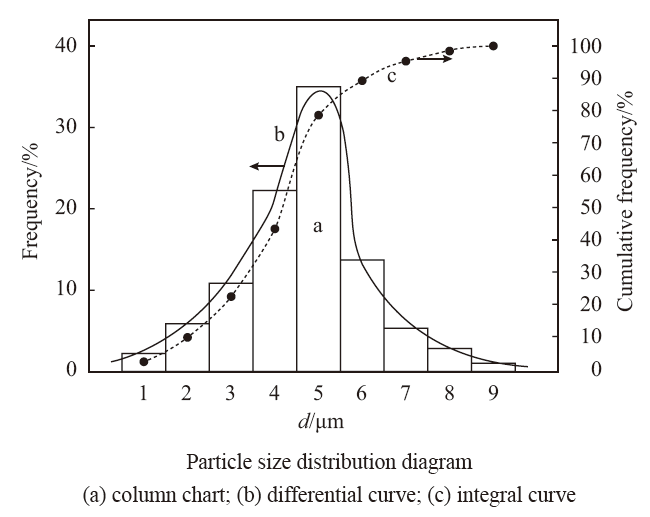Powder refers to the dry preparation made up of particulate matters or pressed fine granules, usually prepared by mixing, pulverizing the functional ingredients together with auxiliary excipients and appropriate additives. For a long time, powders have been widely used in medicine, pesticides, cosmetics, oral hygiene, fertilizers, printing ink, chemicals, materials, coating, fodder and other fields. Beyond question, the functions of powders are mainly determined by the properties of the key active ingredients, but the characteristics of the powder, such as particle size, particle shape, specific surface area, density, hygroscopicity and flowability, are also directly related to the actual effects of the powder. Herein, the characteristics, the production equipments and the production process of powders were introduced. Furthermore, some typical applications of powders in beauty cosmetics, whitening cosmetics, sunscreen cosmetics, facial masks, cosmeceuticals and oral hygiene products in recent years were introduced. Finally, several environmental, safety items during the production and use of powders were mentioned. The priorities in research and development, and the directions of development for powders in the future were also pointed out.



